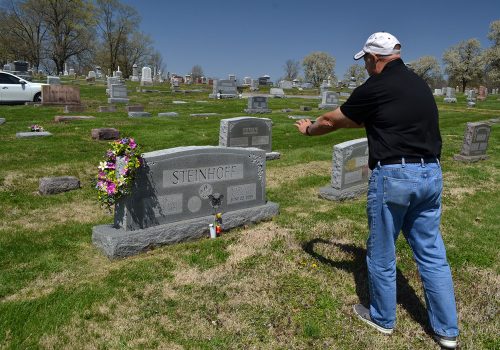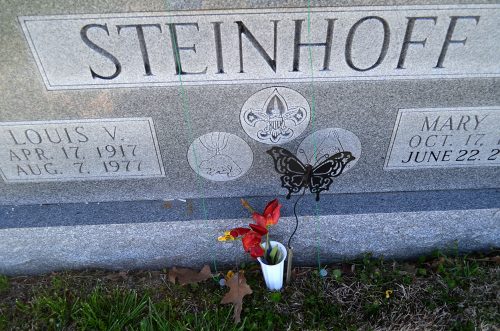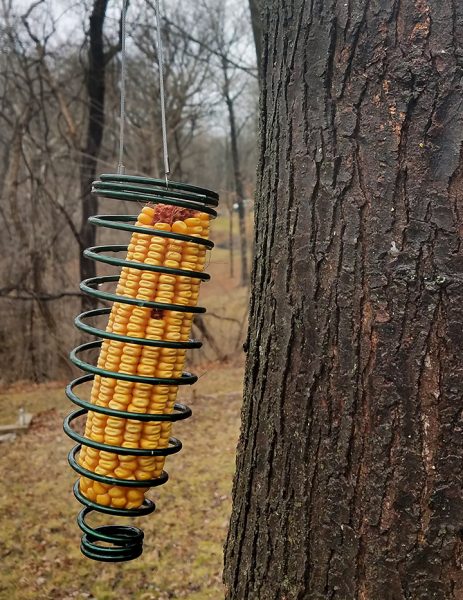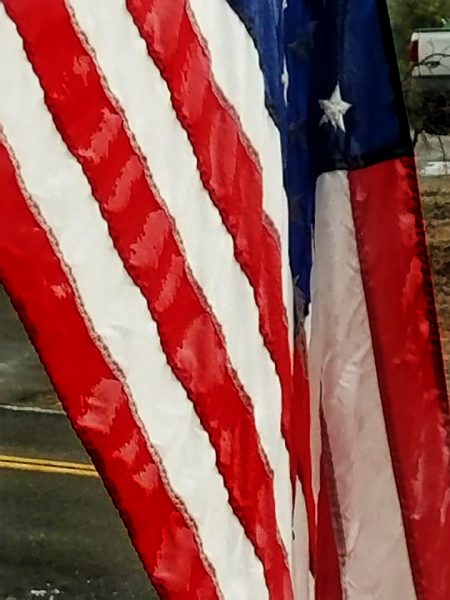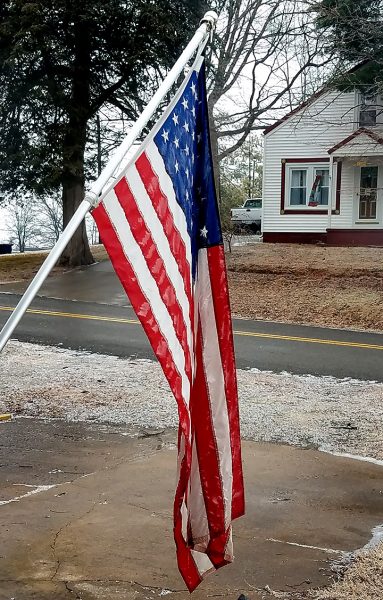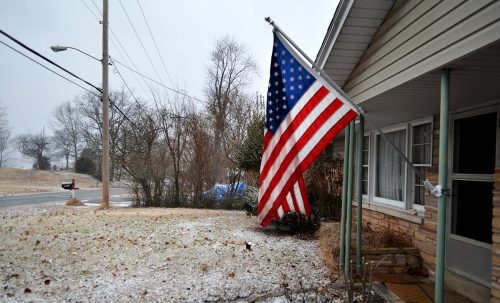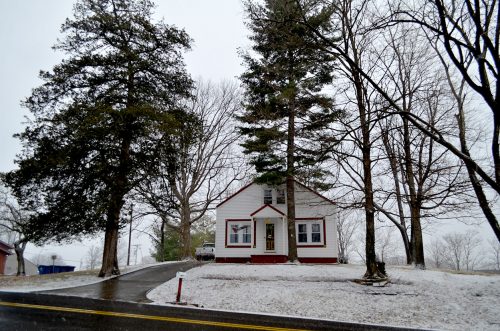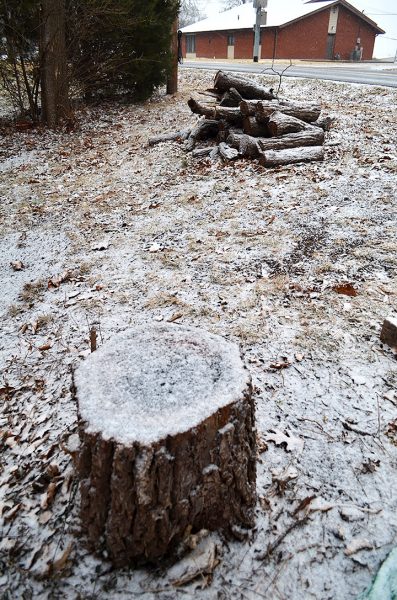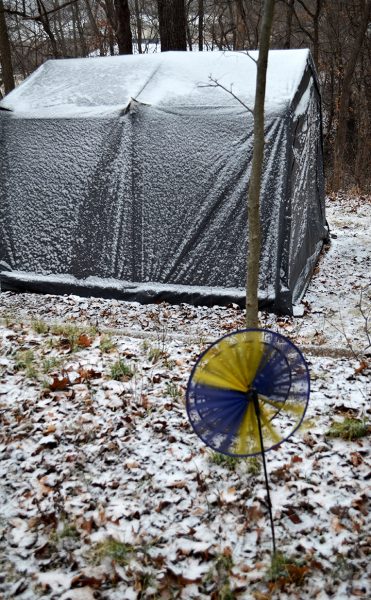 When I walked out the front door the other day, I noticed that the tulips that Mother had planted years and years ago had started to bloom. I snipped off a few, along with some other flowers from the yard, and started looking for something I could put them in at the cemetery.
When I walked out the front door the other day, I noticed that the tulips that Mother had planted years and years ago had started to bloom. I snipped off a few, along with some other flowers from the yard, and started looking for something I could put them in at the cemetery.
It was pretty windy, so I thought I’d better get a vase of some kind with a spike on the bottom. After going to three places, I found a small, white plastic one, but it had plastic flowers in it. I hate plastic flowers when real ones are available.
I turned to an elderly woman in front of me (if I call someone elderly, you KNOW they are old), and asked if she’d like some flowers. Her face lit up like she had won the lottery. It was the best thing that happened all day.
By the way, you can click on the photos to make them larger.
Brother David hits Cape
Brother David passed through St. Louis and Cape doing a honk ‘n’ wave on his way back home to Texas. He brought along a wreath to put on Dad and Mother’s stone.
Unfortunately, we didn’t have a way to secure the wreath, and the winds were blowing so hard that we were afraid it would end up in Perry county. I promised him I’d come back the next week to rig something up.
My flowers were woebegone
The cheap plastic vase I bought wouldn’t hold water, and the wind had whipped the flowers around, so they were looking a bit ragged when I went back on Monday to rig David’s wreath.
If you look closely, you can see the head of two big spikes I pushed into the ground, and some fine green wires leading upwards from them.
It’s up in time for his birthday
Two similar spikes and wires hold on the front of the stone secure the wreath. When I messaged David that I got the display up in time for Dad’s birthday, April 17, he pointed out that he would have been 101 years old this year.
Wow! That boggles my mind.
Earlier posts about Dad
- Dad and his hats
- Thoughts about my dad and my boys on Father’s Day
- With the family at Kentucky Lake in 1973ish
- Father’s Day 2010 – Dad at 21
- Dad helped build Cape’s sewers
Dad built Route W through Fruitland - A collection of photos for Father’s Day 2011
- Father’s Day 2012
- Fathers and fishing
- Dad and the ’49 Cardinals
- Some of Dad’s high school teachers taught US
- Christmas 1969

